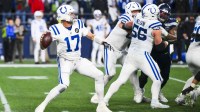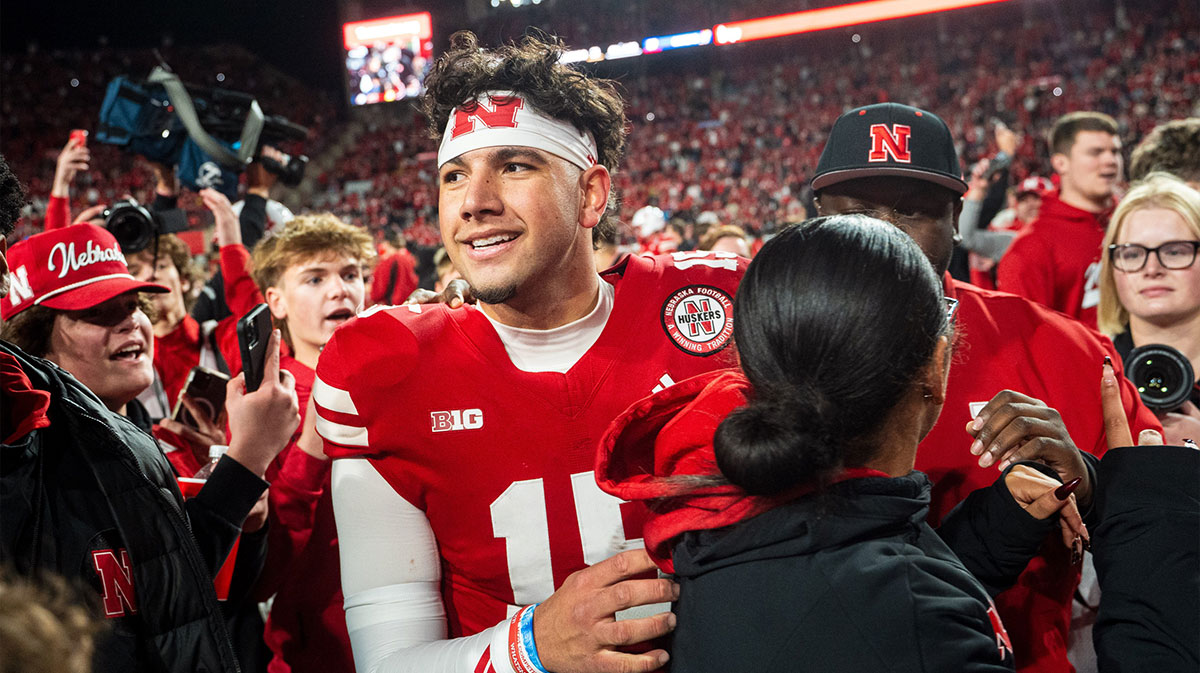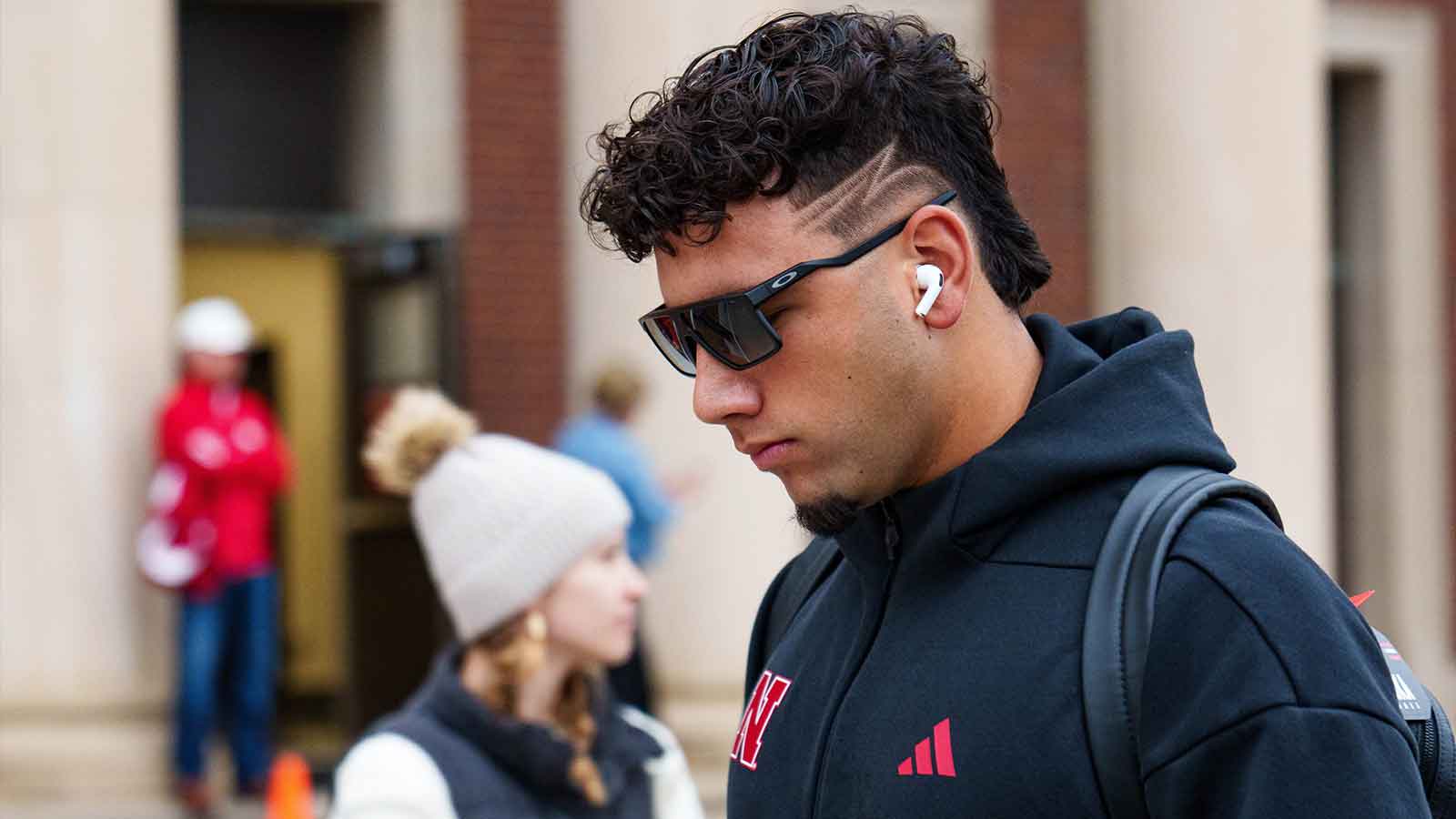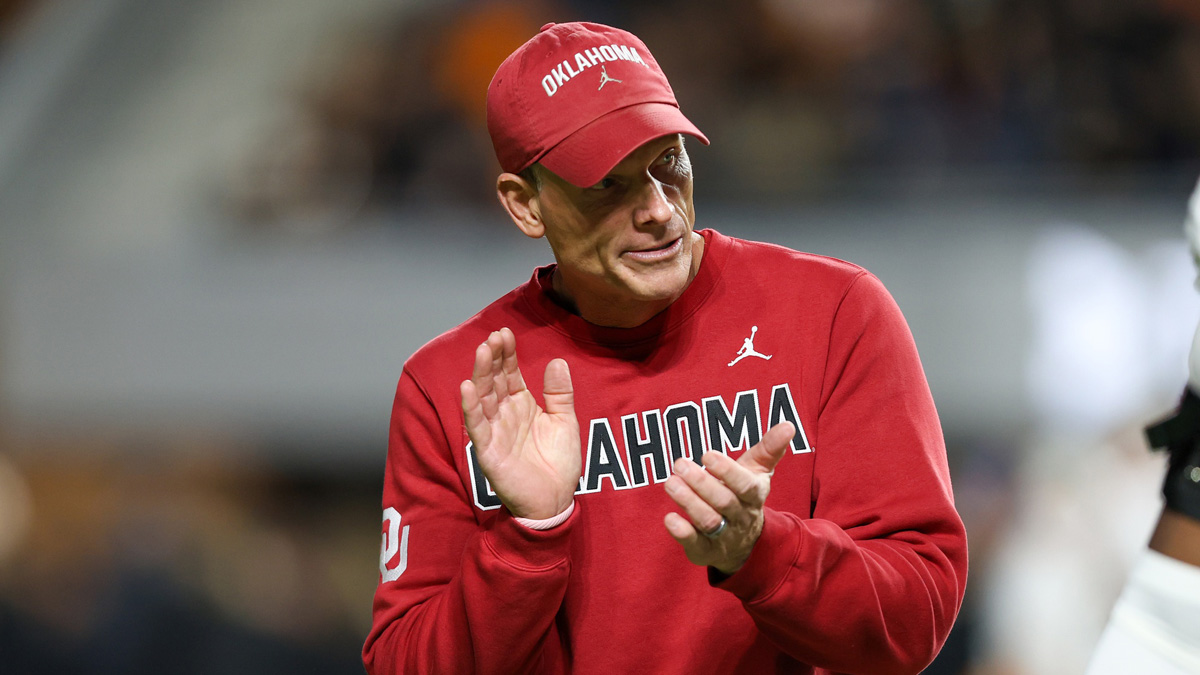In the ’90s, the low post was king. Mid-range jumpers ruled the 2000s. And then there’s today, an era of so-called “unicorn” big men such as Joel Embiid, Kristaps Porzingis, Karl-Anthony Towns and Lauri Markkanen, who all have the three-ball in their arsenal. Will this trend continue to grow or as we've seen over the course of league history, it will go as the NBA's landscape alters.
The NBA adopted the three-point line before the 1079-80 season, and many of the league’s old guard did not appreciate the addition. Despite the early skepticism, the shot’s usage has increased every year since its implementation (except for the 1994–97 seasons when the line was shortened). Today, many of the league’s seven-footers are being asked to extend their range out to the three-point line in order to space the floor.

The original shooting big man, Dirk Nowitzki will be remembered as the mold-breaking superstar. Nowitzki quickly integrated his strong outside shooting abilities with a bigger frame. Dirk stands seven feet tall, but in his heyday, he was as deadly from long-range as anyone in the game and was the first seven-footer ever to attempt 300-plus threes in a single season. During his first five seasons, the German big man amassed three times as many made threes (568) than the rest of the league’s seven-footers combined (177), converting an impressive 37.8 percent of his attempts during that span.
Before Nowitzki, the only seven-footer to break 100 attempts mark was Arvydas Sabonis. Sabonis didn’t come over to the NBA until he was 31 years old (1995-96). However, in his first years with the Blazers, he became known as an excellent shooter who drew other large centers out of the paint. It is worth mentioning that Manute Bol was very close in 1988-89. That season, Bol took 91 three-pointers but converted just 22.0 percent of his attempts. That’s pretty bad, but for a man that stood at 7′ 7″, it’s was phenomenal.

It wasn’t until Andrea Bargnani entered the league in 2006 that another player came close to approaching Nowitzki’s efficiency from beyond the arc. During his time with the Raptors, Bargnani made 579 three-pointers and looked like Nowitzki 2.0. Fast forward 10 years and seven-footer shooting threes is not a once-in-a-generation exception, it is a standard option for most team.
This season, there are 14 seven-footers currently on pace to surpass 100-attempt mark, while just three did so in 2012-13. And seven of those 14 (Karl-Anthony Towns, Kristaps Porzingis, Nikola Vucevic, Marc Gasol, Dirk Nowitzki, Brook Lopez and Lauri Markkanen) already reached it. The youngest batch of seven-footers all knock down threes: Towns, Embiid, Porzingis, Dragan Bender and Markkanen all are attempting at least two triples per game, with Markkanen jacking up 6.7. Rookie Markkanen is on pace to shoot twice as many threes this season as Larry Bird did in any season of his career.
We’ve also seen other bigs add the three-point shot in recent years. Marc Gasol attempted three three-pointers in the 2015-16 season, 268 last season, and 120 this season. Brook Lopez — 14 attempts in 2015-16, 387 in 2016-17, and 107 this season. Nikola Vucevic — nine attempts in 2015-16, 75 in 2016-17, and 122 this season.

The development of Gasol as a capable and effective three-point shooter is a perfect example of a seven-footer with not much previous success from downtown expanding his range. With NBA teams placing a high value on three-pointers, it is also a lesson in understanding where the game is headed and adapting.
Here is a look at past 15 seasons (with 2017-18 simulation):

NBA fans should only expect this trend to continue to grow, because of the 14 seven-footers on pace to eclipse 100 attempts this season, half are rookies or sophomores. And looking ahead to future draft classes, the league should see the addition of several more convention-bending seven-footers.
First, it was a gimmick, then a niche, and then a useful skill. Make no mistake, it will be a necessity, sooner than we think.
Statistics courtesy of Basketball-Reference.



















